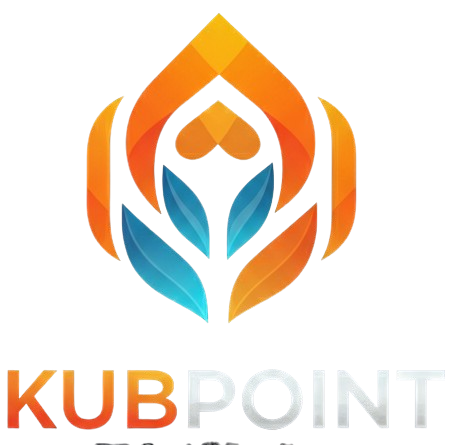Python has become a staple in modern classrooms. Many schools introduce it early because it is easy to read and write. Its simple structure helps students focus on logic, not just tricky syntax. Because it is used in many real-world projects, kids can see how their classwork connects to actual careers. Python also runs on different machines, so learners can practice with any computer they have at home.
Some learners might feel overwhelmed at first. They might wonder if there is a way to get outside help. They might even ask someone, “Could you write my paper for me?” However, gaining hands-on coding experience can be more valuable than simply having tasks done by others. Python’s clear syntax gives students a chance to see immediate results. This direct feedback encourages them to try new ideas and troubleshoot. Learning by doing often builds confidence. By writing small programs, they gain skills that apply to math projects, science experiments, or even simple games. For students of different ages, starting with Python can be a positive first step into coding. Teachers often note that early exposure to Python helps build a solid foundation. Many see it as a gentle path into more advanced coding topics.
A Gentle Start
Many people find Python easier to learn than some other coding languages. Its commands resemble plain English, which helps beginners read and understand code quickly. Teachers also find that shorter lines of Python code accomplish more than lengthy code in other languages. This simplicity can lower the stress that new coders feel. For instance, printing text on the screen takes just one short line. Because of its straightforward style, Python is often a favorite for group tasks in class. Everyone can take part without feeling left behind. That sense of inclusion is powerful in any learning environment.
Practical Uses
Python is not just a classroom tool. It powers many real-world applications. Students see its role in data analysis, game development, and web design. By spotting these connections, learners find extra motivation to keep practicing. They can create simple games for classmates to try or analyze real data from sports scores to see patterns.
- Simple data graphs
- Quick math exercises
- Basic game prototypes
- Intro to web apps
Key Benefits for Students
Why do educators pick Python so often? One reason is that it helps students think logically. Instead of memorizing complicated codes, they can focus on how to solve problems. Python’s structure encourages them to break tasks into smaller parts. Each step is clear, so they can see what to do next. This way, they build a pattern of thinking that can assist them in all school subjects.
There is also a wide support network for Python. Many online forums and guides help students who get stuck. Student clubs can work together on projects, swapping ideas and solutions. Because Python is used in so many places, it is easy to find tutorials that match classroom topics. This consistent support keeps students motivated.
Teamwork and Creativity
Python encourages collaborative learning. In a group setting, each student can take a part of the project. Some might handle the visual design, while others focus on the code. This process teaches them to split large tasks into smaller roles. As they come together, they share creative ideas and see direct results. Such experiences can boost teamwork skills and show how different talents can fit into one final product.
Resources for Learning
Online videos, coding platforms, and textbooks can make Python more approachable. Each resource has a different teaching style. Some focus on building simple games. Others dig deeper into math topics like statistics or geometry. Students can pick what suits their interests. This variety can inspire them to explore new ideas without feeling pressured to follow one strict path.
- Free coding websites
- Community forums
- Local coding workshops
Final Thoughts
Learning Python can open a world of opportunities for students. It helps them understand how technology works and how data can guide decisions. It also sparks curiosity since small changes in code can lead to big differences in results. By working on group projects and testing ideas, students see the power of trial and error. Python’s flexibility, combined with its friendly design, makes it a top choice for many educational programs. Over time, these skills may lead to greater success in many subjects.
Looking Ahead
For many educators, Python stands out because it connects classroom learning to actual career paths. Technology companies rely on Python for tasks such as data science, web development, and automation. This means students can see a future where their classroom lessons lead to real-world projects. This sense of purpose can keep them engaged. By the time they finish their studies, they will have gained not only coding knowledge but also problem-solving abilities that stay valuable everywhere.
With each new project, students gain fresh skills and a stronger sense of confidence.

